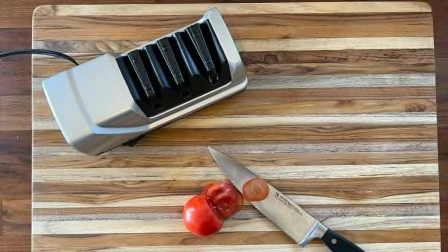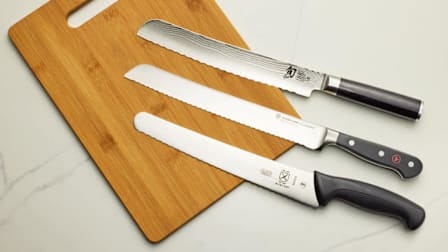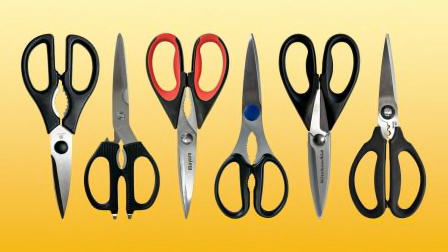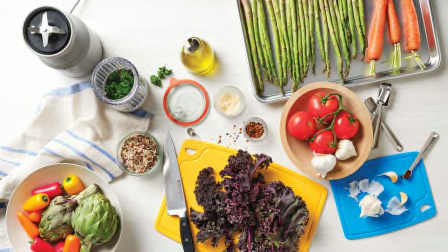Best Knife Sharpeners for Chef’s Knives
We evaluated these models by sliding a dull knife over a sharpener a dozen times and then tested each one's ability to dice onions and cut tomatoes
When you shop through retailer links on our site, we may earn affiliate commissions. 100% of the fees we collect are used to support our nonprofit mission. Learn more.
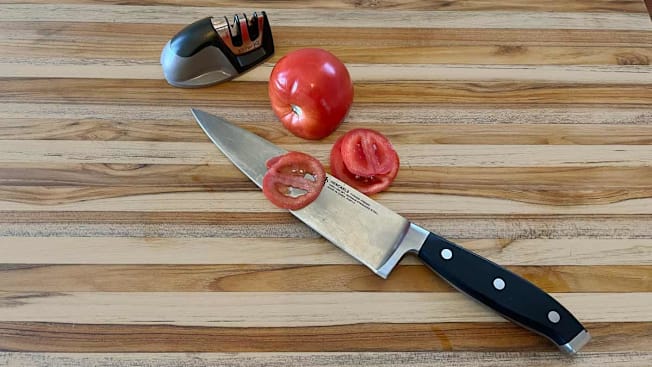
I’ve used hundreds of knives—in culinary school, in professional kitchens, and now at home as the resident chef—and I can tell you that the real magic isn’t always in the knife so much as in the sharpening. If you’re investing in a high-quality chef’s knife, you should maintain it right with a good knife sharpener.
That’s not to say any knife is fine. We found significant differences and clear favorites in CR’s evaluation of chef’s knives. But I’d rather cut with a crummy knife that has been recently sharpened than a stellar knife with a dull blade.
Best Knife Sharpeners (and the Worst)
Every sharpener I tried did a decent job of returning an edge to the tested knives, but some sharpeners clearly produced a finer edge than others, and a handful were tedious to use. At times, some even felt dangerous.

















